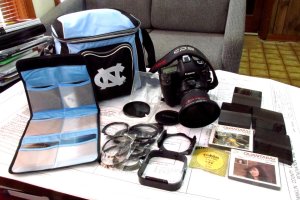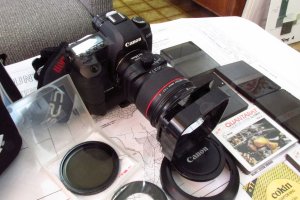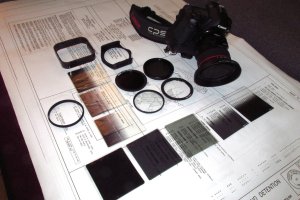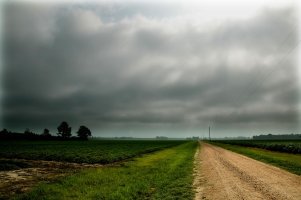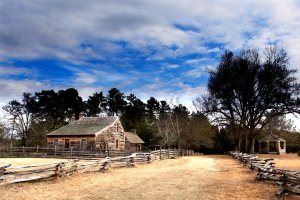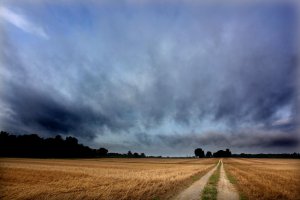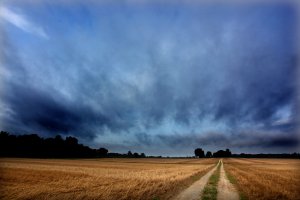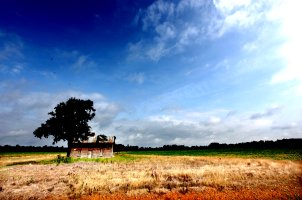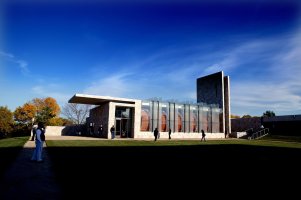J.R. said:Aglet said:I love ND grads... IN SOFTWARE.
NDGs were great in film days, and I was considering getting a set as they are still useful for digital when you have the time to set them up.
But I like to shoot my landscapes faster... So I picked cameras that could give me maximum useful dynamic range, expose so the highlites aren't clipped. or clipped where I want them to be, then in post I can apply any kind of NDG filter I can imagine. FAR more versatile, MUCH more control.
I don't know why anyone would want to bother with using physical filters any more, other than an interesting challenge or hobby. Or perhaps you're using a more limited useful dynamic range camera, like, uhm... Canon.
Most landscapes require more DR than any Sony / Nikon / Canon sensor can handle. In such a scenario, the best you can do is either blend exposures as GMC suggested above or use grads. Those additional 2 stops of an exmor sensor isn't the be all and end all.
To say graduated filters don't have their place in photography because you can lift shadows in post is simply absurd.
your argument is mostly void since the 2 to 4 stop advantage provided by ABC cameras is exactly the amount typically used in ND-grads to achieve the desired effect in single-exposures.
I didn't say ABC could capture so vastly much more DR; I AM stating that the advantage they offer negates using ND grads in the field, and provides more editing latitude, period.
When you start shooting with an 80D (or ABC) you'll see what I mean.
Want more?.. Add an NDG to a single exposure shot with an ABC camera and you've got the equivalent of a fairly wide bracketed series on a Canon. I'm pretty sure you do understand this and how it can be an advantage in the field.
Upvote
0




